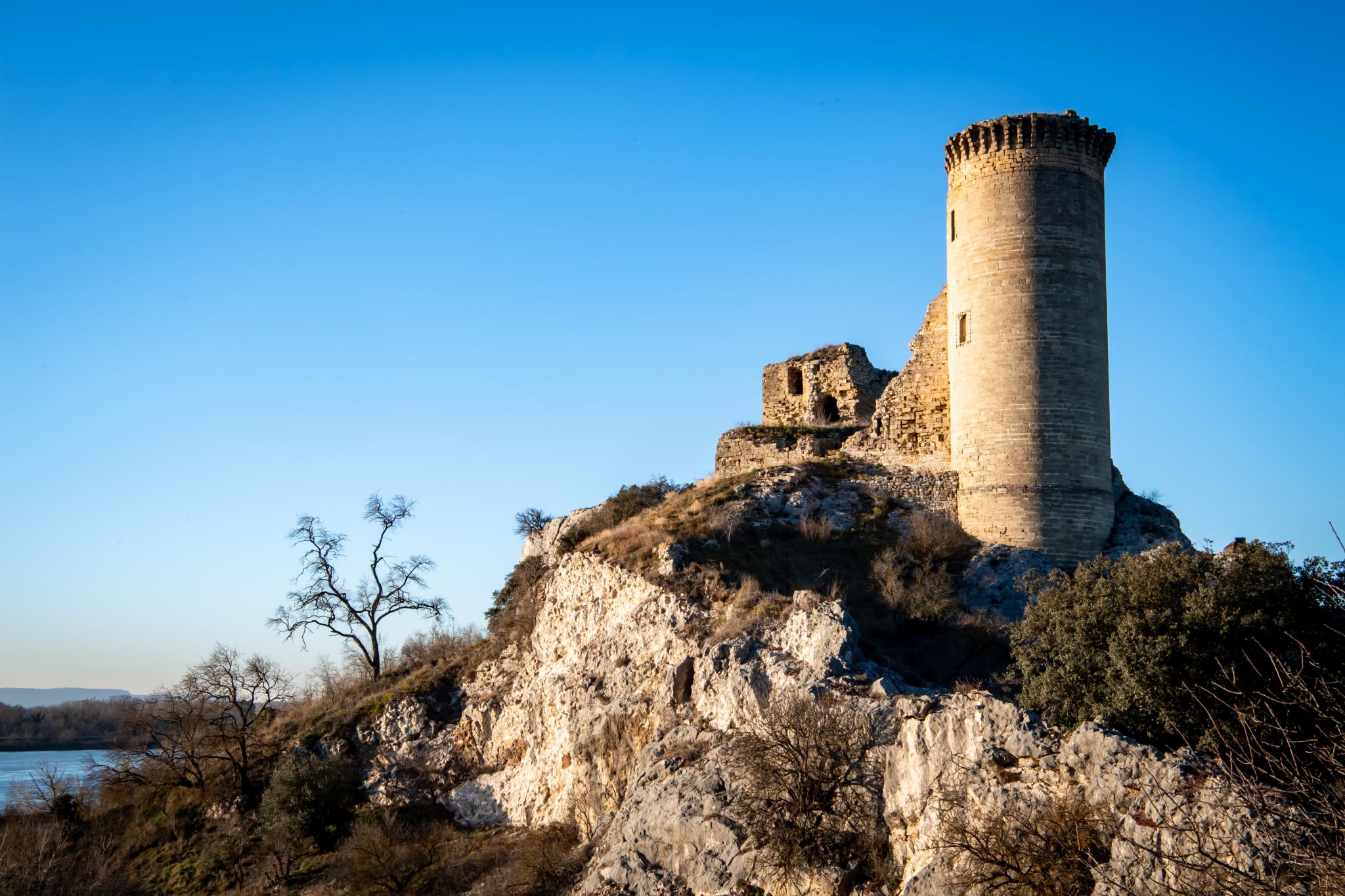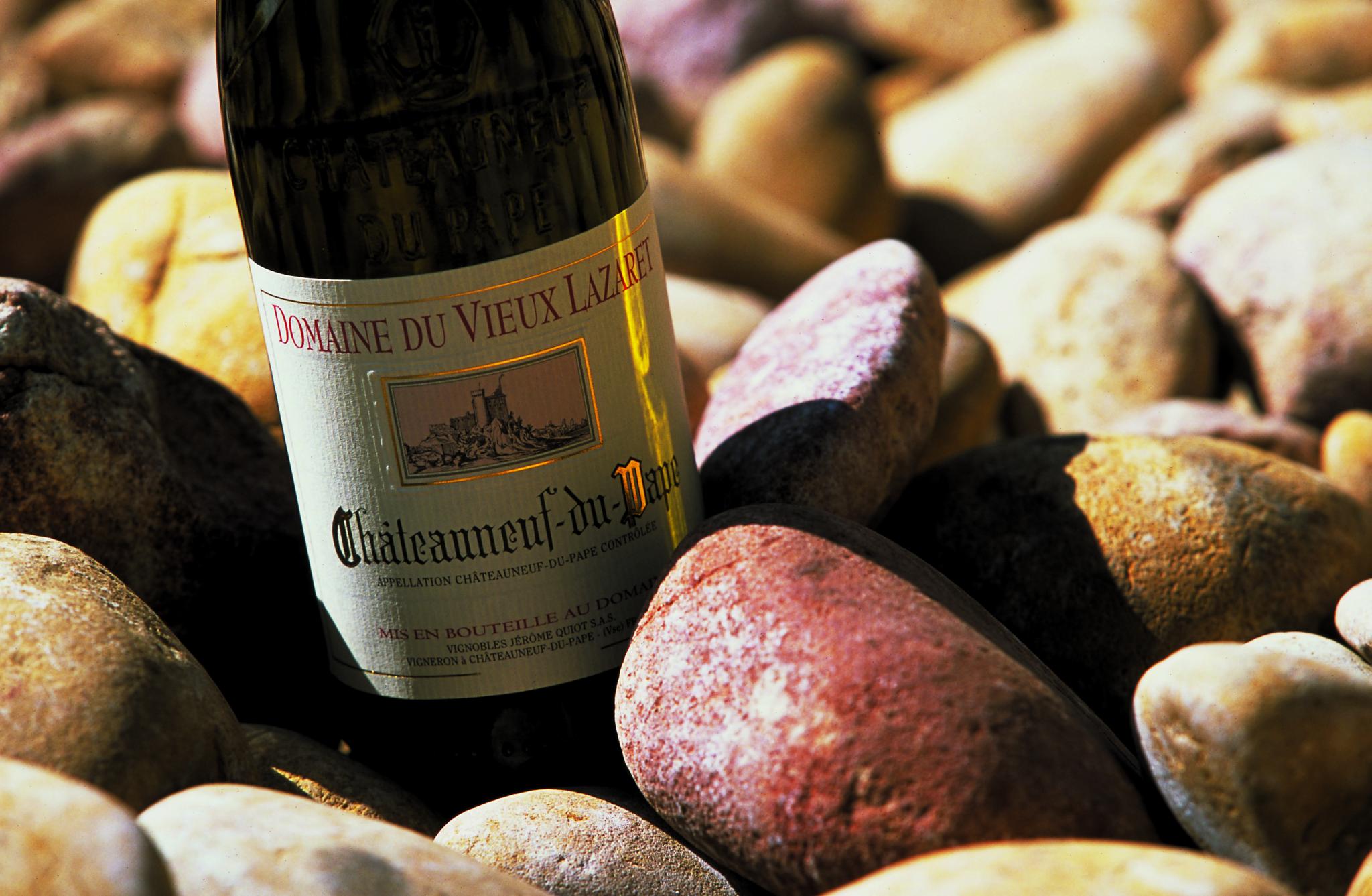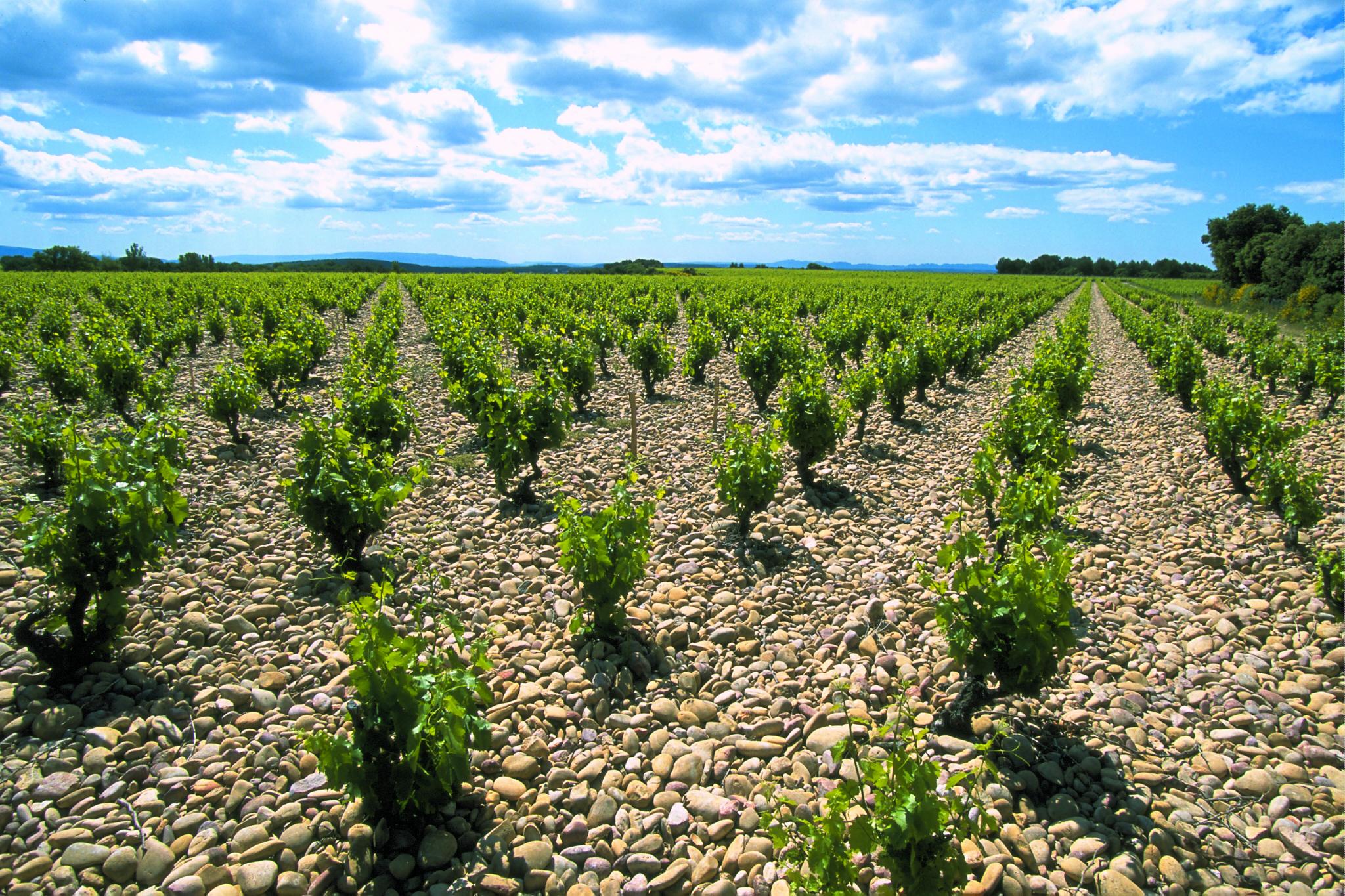Our history
• 1748 - Antoine Quiot, landlord, buys his first vines in Châteauneuf-du-Pape (8ha).
• Early XIX° - The wines from our domaine are sold in bottles or barrels and marked to a clientele of connoisseurs.
• Mid XIX° – Jean Quiot becomes owner of the domaine du Vieux Lazaret.
• In 1875 the whole vineyard is destroyed by the phylloxera, small insect that devours the roots of vines that eventually die. Our family is ruined and recreates quarrying, silkds and farming (wheat and cereals) activities.
• End XIX° - The vineyard is gradually replanted, mainly in Grenache.
• XX° - The domaine grows through marriages and acquisitions despite significant historical and economic facts. Since 1980, Geneviève and Jérôme Quiot decide to relaunch the sale in bottles.
• XXI° : Despite the 2008 financial crises, the sudden death of Jérôme Quiot and the covid-19 crisis, Florence and her brother Jean-Baptiste manage the domaine.
• Early XIX° - The wines from our domaine are sold in bottles or barrels and marked to a clientele of connoisseurs.
• Mid XIX° – Jean Quiot becomes owner of the domaine du Vieux Lazaret.
• In 1875 the whole vineyard is destroyed by the phylloxera, small insect that devours the roots of vines that eventually die. Our family is ruined and recreates quarrying, silkds and farming (wheat and cereals) activities.
• End XIX° - The vineyard is gradually replanted, mainly in Grenache.
• XX° - The domaine grows through marriages and acquisitions despite significant historical and economic facts. Since 1980, Geneviève and Jérôme Quiot decide to relaunch the sale in bottles.
• XXI° : Despite the 2008 financial crises, the sudden death of Jérôme Quiot and the covid-19 crisis, Florence and her brother Jean-Baptiste manage the domaine.
Origin of the name « Vieux Lazaret »
Former hospital used to quarantine and treat sick people during the major epidemics of the 17th and 18th centuries. It was run by Vincentian monks. After the last plague episode in the 1830’s, which killed 1/3 of the population of the village, the monks, who had become too few in number, joined a monastery, leaving the Lazaret. Jean Quiot, in the 1850’s becomes the owner and turns it into an agricultural farm.
Mostly beautiful rolled pebbles
Our plots in Châteauneuf-du-Pape are spread over the entire appellation, at the four cardinal points. Also, we benefit from 3 types of soils and different climatology.
However, our most typical plots are very beautiful units, located on rolled pebbles.
However, our most typical plots are very beautiful units, located on rolled pebbles.


